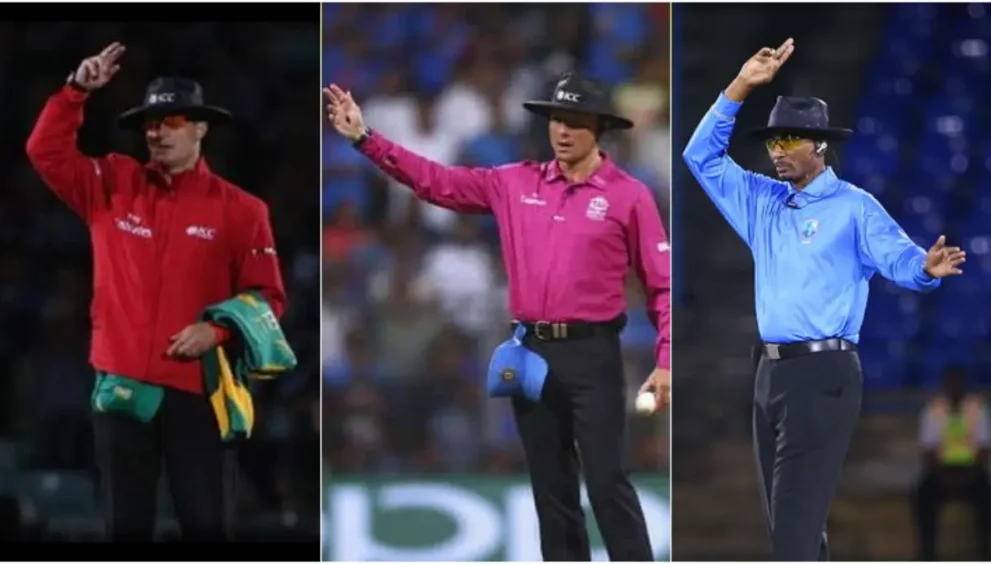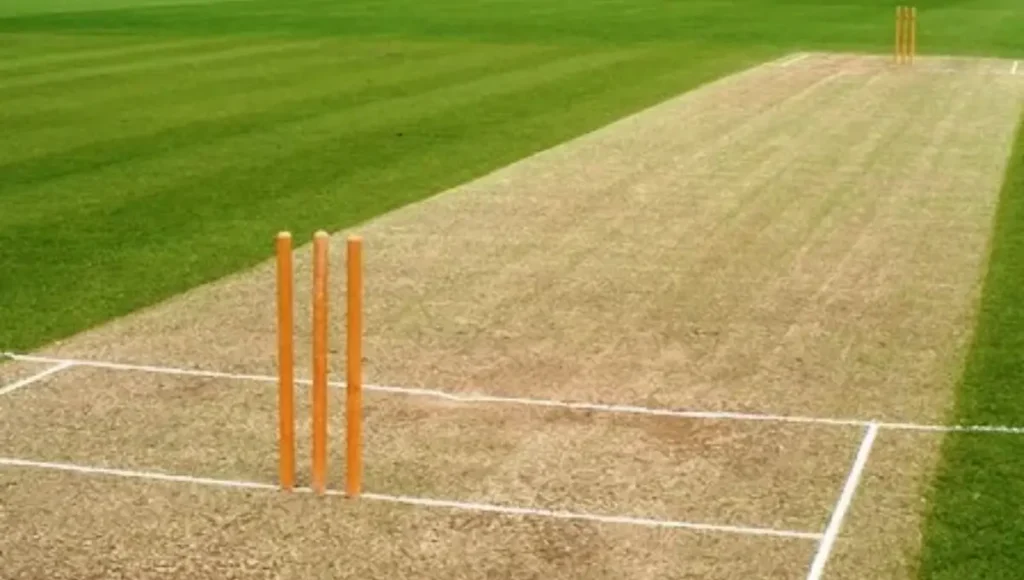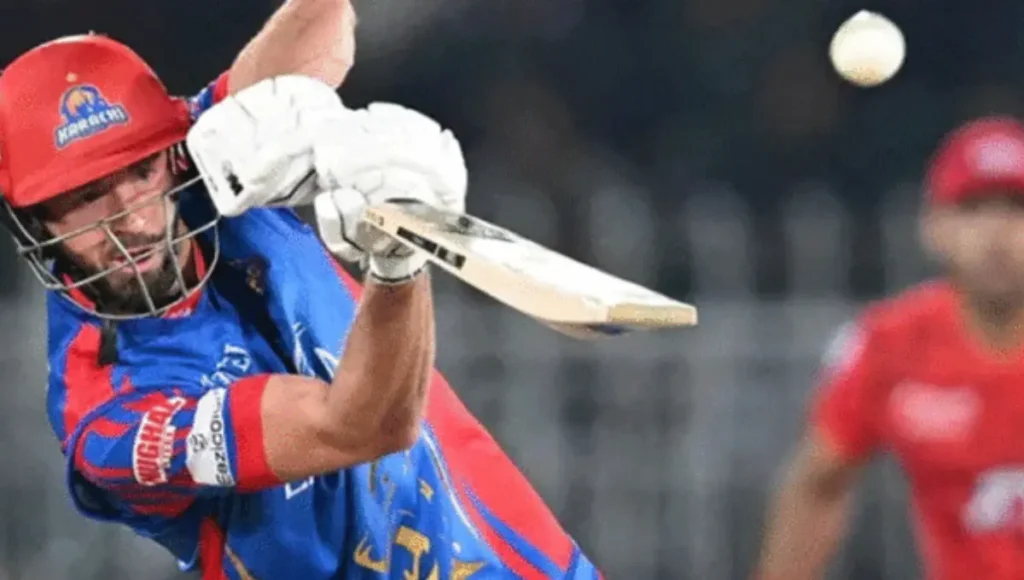What Is a Free Hit In Cricket?

A free hit in cricket is a unique type of delivery that gives the batter a chance to play without the usual risk of getting out. This happens in limited-overs formats like One Day Internationals (ODIs) and T20s whenever the bowler delivers a no-ball. The next delivery becomes a free hit, allowing the batter to attempt a high-risk shot with a much lower chance of being dismissed.
What Happens on a Free Hit?
On a free hit, the batter cannot be dismissed by the usual methods such as bowled, caught, LBW (leg before wicket), stumped, or hit wicket. However, there are still a few rare ways the batter can be out on a free hit:
- Run Out: If the batter is out of their crease and fails to reach it in time.
- Hit the Ball Twice: If the batter intentionally strikes the ball twice.
- Obstructing the Field: If the batter deliberately interferes with a fielder.
Even if the bowler hits the stumps or the batter is caught, they remain not out, and the ball stays in play. This means the batter can run and score more runs if possible. For example, if the ball hits the stumps and still reaches the boundary, the batting side earns 4 byes.
Advantages of Free Hits for Batters
Free hits give batters a unique advantage since they know they can’t be dismissed in most ways. This confidence allows them to try riskier, more powerful shots, aiming to score boundaries (fours or sixes) without the fear of getting out. Batters often use this opportunity to increase their team’s score significantly, putting extra pressure on the bowler.
Fielding Restrictions on a Free Hit
The fielding team must follow certain restrictions during a free hit:
- No Field Changes: If the same batter who faced the no-ball is still on strike, the fielding team cannot change the field setup. However, the wicketkeeper can move back from the stumps for safety.
- Field Adjustments Allowed: If a different batter faces the free hit, the fielding team is allowed to adjust the field.
If the no-ball was called due to an illegal field placement, the fielding side must correct the field setup before the free hit.
Umpire’s Signal for a Free Hit
To signal a free hit, the umpire raises one hand and makes a circular motion, letting the players and crowd know that the next ball will be a free hit. If the bowler delivers another no-ball on the free hit, the free hit continues for the following delivery as well.
The History of Free Hits in Cricket
Free hits were introduced in One Day Internationals in 2007 to add excitement and encourage higher scores. Originally, only no-balls caused by overstepping (foot faults) led to free hits. In 2015, the rule was expanded to include all types of no-balls, making free hits a bigger part of limited-overs cricket and increasing scoring opportunities for batters.
Overall, the free hit rule has become a fan-favorite feature in limited-overs cricket, creating thrilling moments and shifting momentum in matches.



